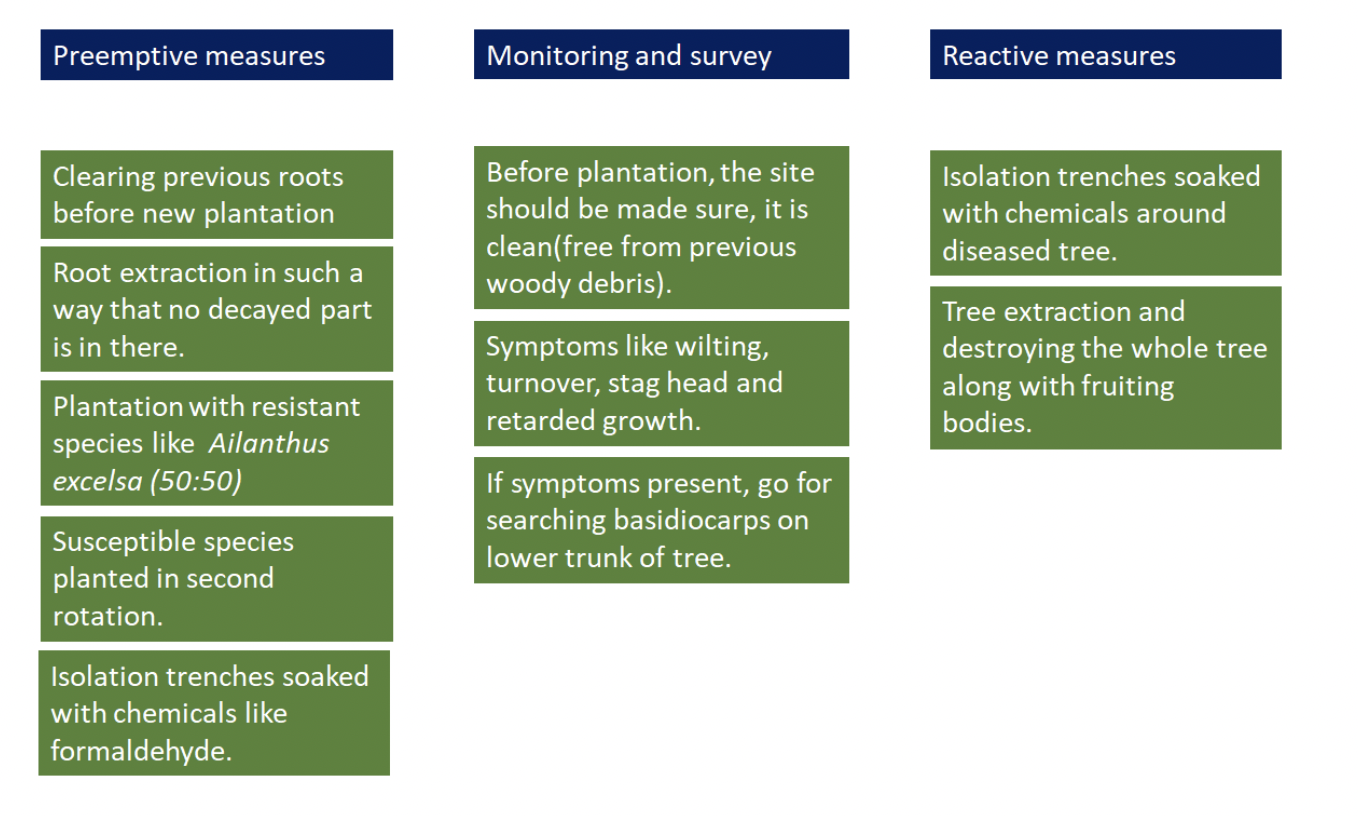Acacia catechu (Khair) is one of the significant tree species that evolved together with Nepali communities. The tree is widely used for medicinal purposes, feeding the livestock, fulfilling the structural needs, and satisfying religious and spiritual needs. Despite the wide use and importance of this tree, the available publications have failed to address the risks the tree is vulnerable to, and develop a management design to overcome these threats. Due to these reasons, the people are growing the Khair trees without any robust health management plan. The abundance and overall importance of this tree in the South Asian region strongly demands an interpretative and comprehensive way of its cultivation. This study is aimed towards bringing together the available information on Khair and finally coming up with an advantageous management plan that can deal with all the hazards the tree is prone to, and help in the production of healthy and economically high-value timber. This study only deals with two of the several prevalent fungal stressesGanoderma lucidum and Fomes badius, causing root rot and heart rot, respectively, putting the tree under risk. The heart rot and root rot are capable of destroying the whole site rendering the trees useless for consumption. The findings from this study can help cultivators know the nature of the diseases and their occurrences and improve the way of cultivating the tree and take prompt actions on the syndromes.
Revision and Compilation of Health Management Plan of Khair (Acacia catechu)
Published on: December 17, 2021

